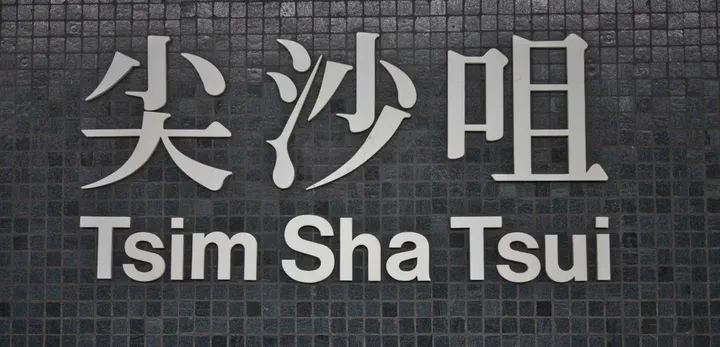Learning Cantonese: Should I learn the Chinese Characters?

When you take your first steps in learning Cantonese as a second language, you will quickly come up against the question of whether it is useful to learn the Chinese characters along with the pronunciation. Most people want to learn Cantonese for conversation. You may live in a Cantonese speaking area, your partner may speak Cantonese or you just want to speak a new language. All of this is based on conversation and not on reading/writing. Although learning the characters adds another layer of complexity to learning the language, I think it is still worth doing. I will explain why in the following text.
Written and Spoken Language
A special feature of Cantonese, which makes it even more difficult to learn, is that the language does not have a standardised written form. This means that when you watch a film, for example, the subtitles (= written standard Chinese) are different from the spoken language (= spoken Cantonese). For native speakers, this is not a problem, as they can switch back and forth at will. In less formal contexts, such as chats, people tend to use an (unofficial) written form of the spoken language. In the news or in official letters, standardised written Chinese is used, which differs significantly from the spoken form. This can also be seen in other languages: In Switzerland, a standardised written German is used in the news and so on, but the spoken dialect is different in pronunciation, words and grammar. This fact needs to be taken into account if your language learning relies on reading, which can be challenging as you need to find learning material using the spoken language instead of the standard written system.
Romanisation System
Mandarin Chinese, the dominant dialect in mainland China, has an official system of romanisation. It is called pinyin and is widely used for converting Chinese characters into the Latin alphabet. In short, each Chinese character has its own unique pronunciation, which may vary slightly depending on the context. So basically the same character is always pronounced the same way.
For an example, let’s look at the Cantonese sentence 我住喺香港, which means I live in Hong Kong. This sentence can be romanised to ngóh jyuh hái hēung góng using the Yale romanisation system. If you now know the rules for pronouncing this romanisation system, you can read this sentence without knowing the Chinese characters. This is why romanisation can be used to learn the language, as it can be difficult for non-Chinese to memorise the pronunciation of each character. It is also used for typewriting purposes so that you can write the characters more easily. This is widely used in Mandarin and is supported by the government. In contrast, Cantonese has no official romanisation system. It is also not taught in schools or used by native Cantonese speakers. So if you show the romanised sentence ngóh jyuh hái hēung góng to a native Cantonese speaker, he/she may not easily understand the meaning of the sentence.
When you learn Chinese as a second language, you rely heavily on a romanisation system. Although there is no official romanisation system, a number of them have been established by linguists and used in teaching Cantonese as a second language.

Why do I need to learn the Characters?
Many schools start by teaching Cantonese based only on the romanisation of the characters. This means that you will only see the romanisation and not the Chinese characters. This may work for you in the beginning, but I strongly recommend that you learn the Chinese characters as well as the romanisation. This is not only useful for linguistic reasons - the character can indicate the meaning of the word and/or the pronunciation - but mainly because it would be very confusing if you became an advanced learner. This is because although a Chinese character is basically always pronounced the same way, many characters are pronounced very similarly or even the same way (called homonyms). Therefore, as your vocabulary becomes more complex and you rely only on romanisation, it becomes very confusing because many words look very similar.
Let me show you an example:
Everywhere I go on Hong Kong Island I can meet my friends.
我去到香港島邊度都可以見到朋友。
ngóh heui dou hēung góng dóu bīn douh dōu hó yíh gin dóu pàhng yáuh.
Note that the characters 到, 島, 度 and 都 are all pronounced the same way, they just differ in tone. However, their meanings are very different. If you learn the characters along with the romanised form, you will be able to tell the difference quickly and understand the meaning immediately. If you only learn the romanisation, you will often get confused because you will not be able to remember what is actually meant. Whether yú means fish (魚, yú) or rain (雨, yúh) - the characters will tell you.
Finally, when you start learning a language, you never know how it will end. You might get busy and lose interest. Or you may spend years learning the language and want to become an expert. In this case, you will need to learn the characters, as you will probably want to learn written Chinese at some point. If you only know the romanisation of the characters, you are essentially learning the language a second time. So if you are learning Cantonese, even if your school does not provide the text in characters, try to look at the characters alongside. Most teachers will be happy to provide you with the text in Chinese characters. An added bonus is that you can write to your Chinese friends using messengers, as they will not understand the romanised form.